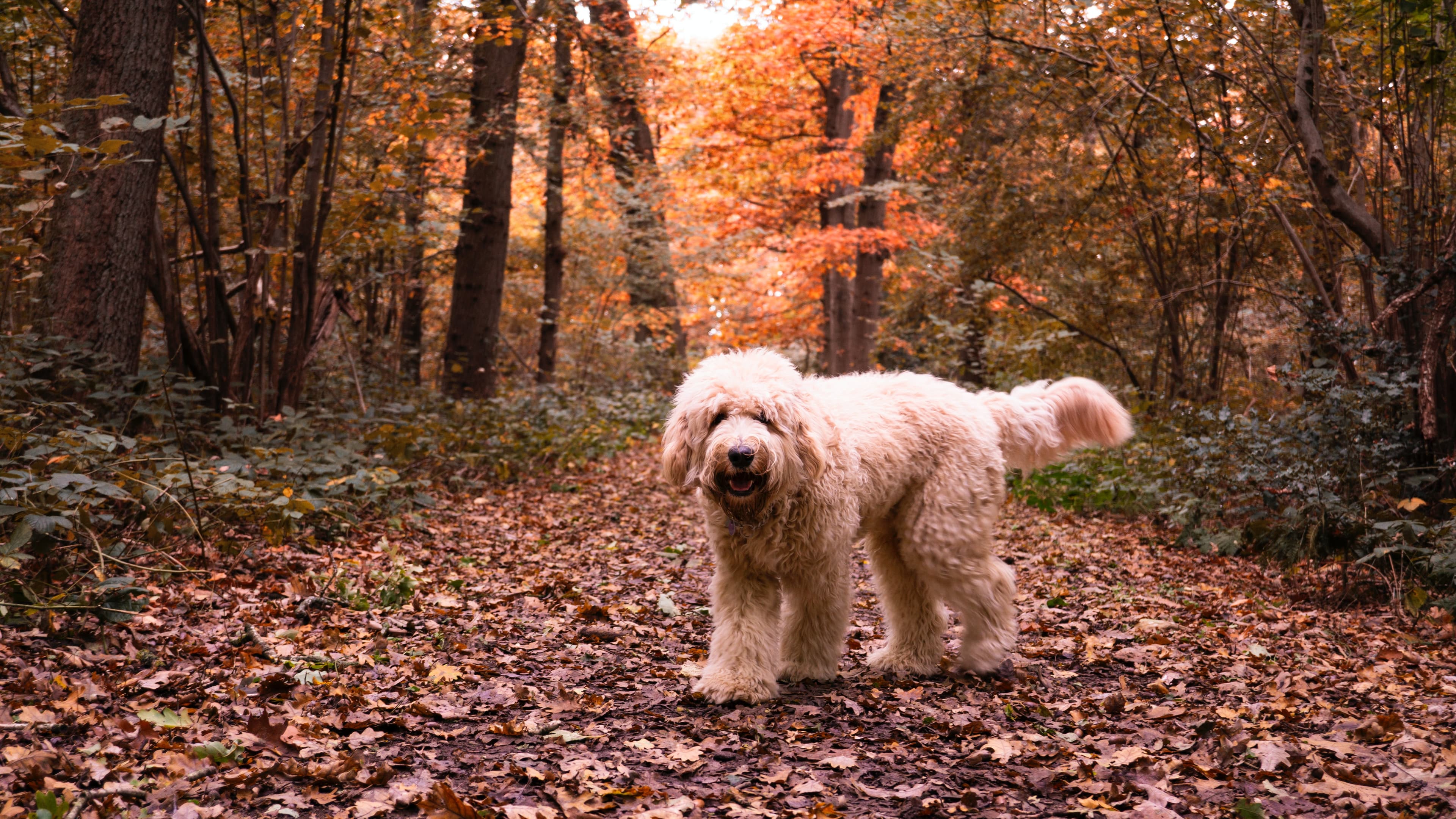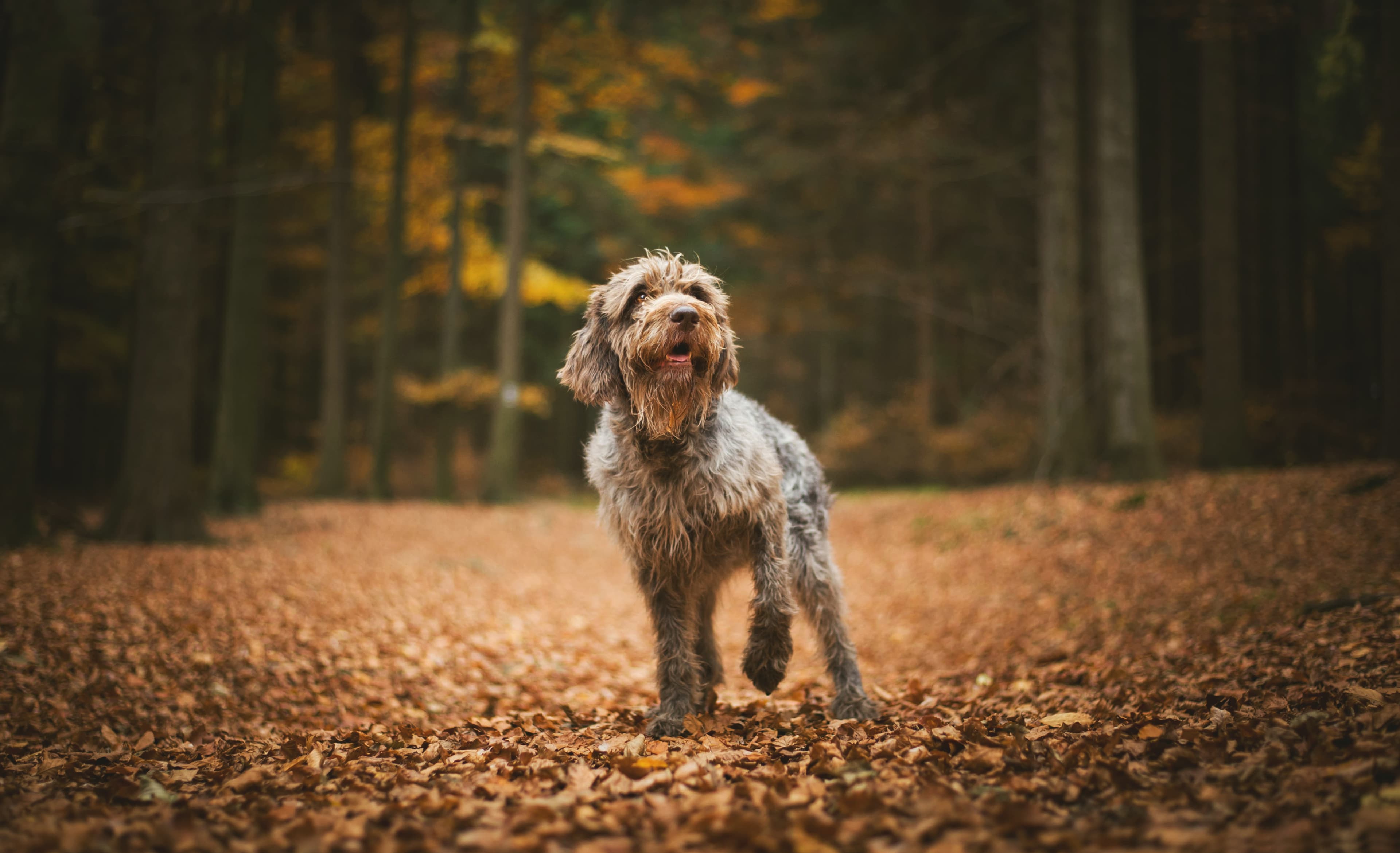How to play with your dog
It's through play that you can get to know your dog best. All dogs are individuals and prefer different types of play, which they perform with their canine companions but also with their owners. Let's look a little more at the different types of play and how you can get to know your dog through play.
Breed matters
Although dogs are individuals and prefer play in different ways, breed plays a big role here. Some breeds love to chase and be chased, others love to tussle with a rag or wrestle. To name a few examples, Border Collies often like to be chased as it is a natural part of herding behaviour. Labradors love to carry toys and for them perhaps the best game is throwing a ball which is then carried back to the handler. Australian Shepherds are experts at wrestling and an Amstaff can't stop fighting with its owner because it's so much fun. Of course, there are individuals who don't fall into these general frameworks so it's important to study your dog when it's playing with its canine companions. Do you see a pattern that your particular dog likes?
Different types of play
How many play styles do you come up with? The list could be endless. For some, play is just you and your dog interacting with toys, for others it's a wrestling match. Don't limit yourself and constantly explore what your dog enjoys. Play can then become an important piece of the puzzle in getting to know each other on a deeper level. Play is endless and there are no rights and wrongs. Below is a list of the games that often come up when we interact with our dogs and the pros and cons they can have.
Camping games. Kamplek is when you and your dog fight over a toy. You hold one side and your dog holds the other. This is very common for dogs being trained in various dog sports or similar. It is just as it sounds, a fight over the toy. Some individuals don't like that fight and it can be a difficult situation for more sensitive dogs. That's why it's important to look at your dog and to think about your relationship when you are kampling. It is important to let your dog win the toy often, especially at the beginning of your play together. Otherwise, your dog may either see the toy as something it will never have access to or completely lose motivation to play with you.
Remember when introducing a dog to kitten play, it is important not to shove the toy in your dog's face. Instead, choose a fun way to show the dog that the toy is interesting and then introduce it by pulling it away from the dog. This can create more interest for the dog to explore the toy.Hunting game. Chase games can occur both by chasing each other and also in the form of the dog chasing a toy. In both, it is the chase that drives the dog to continue and for some breeds this is very much appreciated, for others not at all. Some dogs enjoy being chased more and others enjoy chasing. Pay attention to your dog when he is playing with his friends, then you can quickly see what your dog likes.
If your dog is not very fond of toys, chasing can make the toy more fun. So put your toy on a long string to drag it along the ground. Explore whether the chase can motivate your dog to interact with the toy and perhaps eventually grab it. Remember, when it comes to hunting, catching the toy or you is often very rewarding. So give your dog the opportunity to catch up with the toy or you while you are playing.Throwing game. Many dogs enjoy chasing a toy or ball that has been thrown. Some dogs enjoy that particular chase but choose not to pick up the toy themselves to either run on and play by themselves or come back to you. Of course we can teach the dog this but it may take some time. When you throw a toy that your dog picks up, it can be a good idea to let out a funny sound and back away, then many dogs will come back and take the toy with them.
This type of play can be very fun and appropriate for your dog. However, it may also be that your dog becomes stressed by this type of play. Watch your dog and take breaks from this type of play if you see it getting tired or becoming manic in always wanting to chase the toy.Wrestling game. Absolutely not all dogs like to be picked on when playing, but some individuals find this super fun. Explore at a leisurely pace what your dog enjoys. Maybe it likes being pushed backwards to gain momentum to pounce on you, or having you lie on the floor and it gets to romp around with you. Pay attention to your dog's body language and make it a fun time for both of you. Some individuals love the attention it gets in this type of play and appreciate you talking loudly to it. Others prefer a little quieter and calmer play.
Playing with puppy
Puppies that are still growing should not play too fast or run after balls for hours. Tailor play to your puppy and take plenty of breaks. Some games can have a high risk of injury when, for example, they are twisting and accelerating. They can also put too much weight on certain parts of their body when they are not really in control. This can cause sudden damage to muscles, ligaments and may result in your puppy needing to see a vet. Look at your puppy and explore what it likes. Then you can gradually develop your play sessions together.






